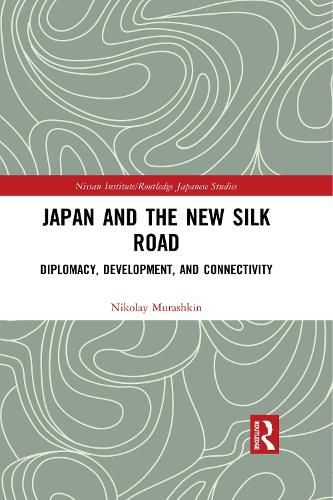Readings Newsletter
Become a Readings Member to make your shopping experience even easier.
Sign in or sign up for free!
You’re not far away from qualifying for FREE standard shipping within Australia
You’ve qualified for FREE standard shipping within Australia
The cart is loading…






This book presents a study of Japanese involvement in post-Soviet Central Asia since the independence of these countries in 1991, examining the reasons for progress and stagnation in this multi-lateral relationship.
Featuring interviews with decision-makers and experts from Japan, China, Kazakhstan, Uzbekistan, Azerbaijan, and the Philippines, this book argues that Japan’s impact on Central Asia and its connectivity has been underappreciated. It demonstrates that Japan’s infrastructural footprint in the New Silk Road significantly pre-dated China’s Belt and Road Initiative, and that the financial and policy contribution driven by Japanese officials was of a similar order of magnitude. It also goes on to show that Japan was the first major power outside of post-Soviet Central Asia to articulate a dedicated Silk Road diplomacy vis-a-vis the region before the United States and China, and the first to sponsor pivotal assistance.
Being the first detailed analytical account of the diplomatic impact made on the New Silk Road by various Japanese actors beyond formal diplomacy, this book will be useful to students and scholars of Japanese politics, as well as Asian politics and international politics more generally.
$9.00 standard shipping within Australia
FREE standard shipping within Australia for orders over $100.00
Express & International shipping calculated at checkout
This book presents a study of Japanese involvement in post-Soviet Central Asia since the independence of these countries in 1991, examining the reasons for progress and stagnation in this multi-lateral relationship.
Featuring interviews with decision-makers and experts from Japan, China, Kazakhstan, Uzbekistan, Azerbaijan, and the Philippines, this book argues that Japan’s impact on Central Asia and its connectivity has been underappreciated. It demonstrates that Japan’s infrastructural footprint in the New Silk Road significantly pre-dated China’s Belt and Road Initiative, and that the financial and policy contribution driven by Japanese officials was of a similar order of magnitude. It also goes on to show that Japan was the first major power outside of post-Soviet Central Asia to articulate a dedicated Silk Road diplomacy vis-a-vis the region before the United States and China, and the first to sponsor pivotal assistance.
Being the first detailed analytical account of the diplomatic impact made on the New Silk Road by various Japanese actors beyond formal diplomacy, this book will be useful to students and scholars of Japanese politics, as well as Asian politics and international politics more generally.